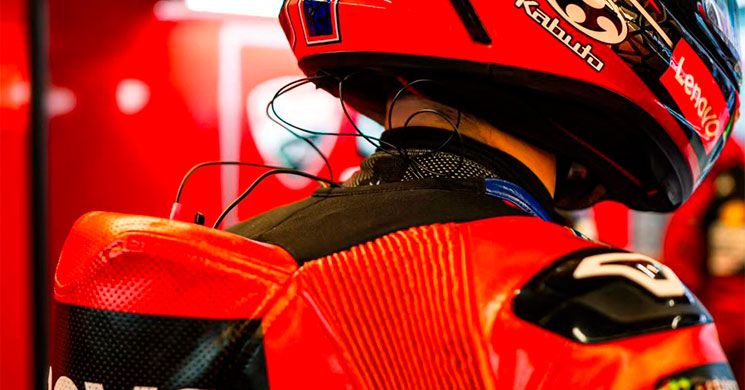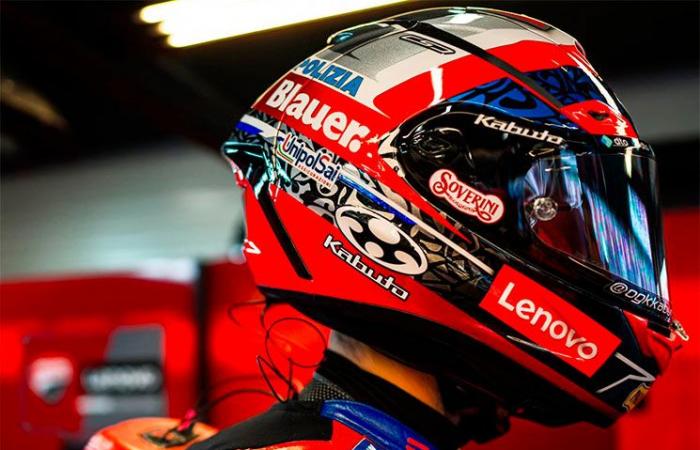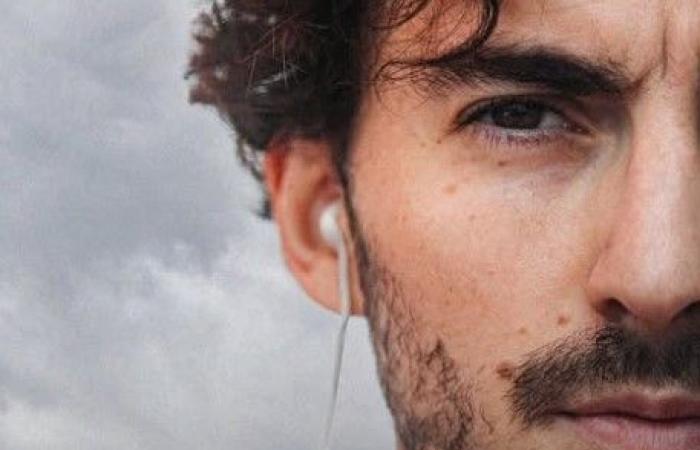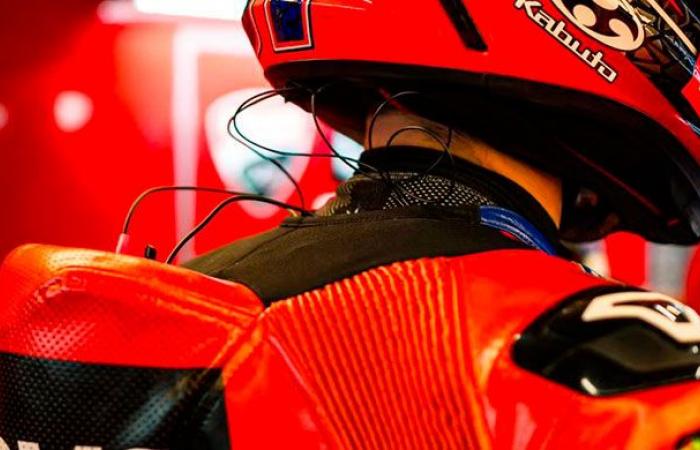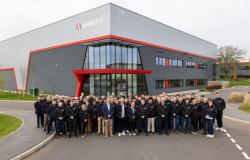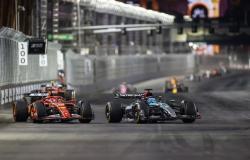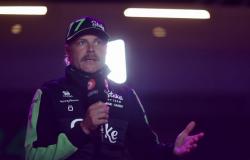MotoGP is on the verge of a technological revolution with the gradual introduction of radio. This communication system, already used in Formula 1, would improve safety and add a strategic dimension to races. However, this innovation provokes contrasting reactions among pilots.
MotoGP is actively exploring the idea of introducing a two-way radio communication system between riders and teams, an innovation that could transform the dynamics of racing. Inspired by Formula 1, this technology aims to improve safety while adding a strategic dimension. However, recent testing in Barcelona has highlighted mixed opinions among drivers and significant technical challenges.
Radio, already used in F1, a priori offers major advantages. This way, drivers could be alerted in real time to dangers on the track, such as an accident or a red flag. Direct communication would also allow teams to adjust tactics depending on race conditions. Finally, radio exchanges in F1 created memorable moments for spectators. MotoGP hopes to replicate this effect.
During the
testing at the Circuit of Barcelona-CataloniaDucati experimented with a radio system with its test rider
Michele Pirro. This test enabled two-way communication in real time, a step forward from the pre-recorded one-way messages currently used.
Pecco Bagnaia: «
Until they fix everything, I don't want to try the radio anymore »
However, drivers like Pecco Bagnaia expressed their dissatisfaction: the system is not ready. I didn't hear anything, it bothered me, and the cable is bulky and dangerous. Until they fix everything I don't want to try it anymore. »
Pedro Acostaalso critical, raised a technical problem on Todocircuito: “ our head is constantly moving, and like a phone, an unstable connection is possible.
This doesn't inspire confidence in me. »
In addition to these technical problems coming from an unstable connection due to the constant movement of the pilot and cumbersome and potentially dangerous wiring in the event of a fall, some pilots fear additional distraction, as pointed out Jorge Martinwho lost the lead in a race after a notification on his dashboard. The integration of a radio must therefore be fluid and non-intrusive for pilots.
According to estimates, radio will not be implemented until 2025, at the earliest, and probably on an optional basis at first. Rigorous testing will continue to address pilot concerns and refine the technology.
The introduction of radios could mark a revolution in MotoGP, transforming the dynamics of races and increasing their appeal to spectators. However, technical challenges, driver reservations and the tradition of the sport must be carefully balanced.
If the technology succeeds, it could redefine MotoGP, perhaps making it more strategic and spectacular. In the meantime, tests continue, and the future of this innovation remains to be written.

